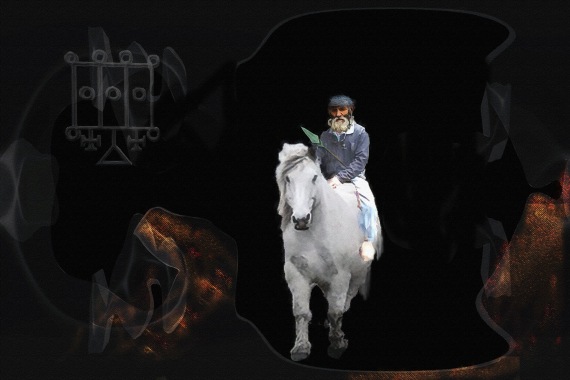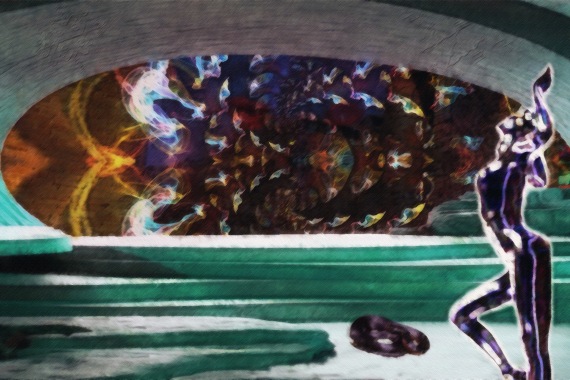“Narrative therapy is sometimes known as involving ‘re-authoring’ or ‘re-storying’ conversations. As these descriptions suggest, stories are central to an understanding of narrative ways of working.
The word ‘story’ has different associations and understandings for different people. For narrative therapists, stories consist of:
- events
- linked in sequence
- across time
- according to a plot
As humans, we are interpreting beings. We all have daily experiences of events that we seek to make meaningful. The stories we have about our lives are created through linking certain events together in a particular sequence across a time period, and finding a way of explaining or making sense of them. This meaning forms the plot of the story. We give meanings to our experiences constantly as we live our lives. A narrative is like a thread that weaves the events together, forming a story.
We all have many stories about our lives and relationships, occurring simultaneously. For example, we have stories about ourselves, our abilities, our struggles, our competencies, our actions, our desires, our relationships, our work, our interests, our conquests, our achievements, our failures. The way we have developed these stories is determined by how we have linked certain events together in a sequence and by the meaning we have attributed to them.”
–Alice Morgan, What is Narrative Therapy An easy-to-read Introduction
I love getting comments on my blog. I do try to respond to each one tho there are times, such as now when I fall way behind. I even like getting challenged from time to time. I received a comment from Kathryn Preston on last night’s blog Reframing the tale that I wanted to share along with my reply:
Do you have a “formula” or a “how to” manual? Can you cite an illustrative example of how to reframe the story? Showing us how to do this would be extremely constructive rather than just stating a platitude. Thanks much.
My mission statement for my blog is that it is a showcase for my art and a chance to share what I am thinking about with whomever wishes to read it in 100-300 words a night. I tend to write around quotes that I find and occasionally I try to find quotes to fit what I wish to write about but my aim is to practice and hone my writing skills and to share with my audience whether it be poetry, a humorous list or a short essay. If I write something that can make people self-reflect or laugh or think or even go hmmm then I have surpassed my goals. I enjoy communicating with you folks and from the comments I receive many of you seem to enjoy it as well.
The truth is that many of us have spent years telling ourselves self-defeating stories about our lives. It would be beyond fatuous to believe that I could in a few hundred words say anything that would change that. The most I can hope to do is to plant the seeds and get people asking themselves if they are doing this and yes if they do recognize it in themselves then to look at ways to change this behaviour. If this is seen as a cliche or a platitude than that is ok with me. Perhaps we need to look at how a thought can become so common that it becomes a cliche in the first place.
That being said, recently I have learned of a form of counselling known as Narrative Therapy. Narrative Therapy serves as a way for people to take control of the stories that they tell themselves and to create new stories. For people who wish to learn more about it, I recommend this site: http://dulwichcentre.com.au/what-is-narrative-therapy/ tho there are many others out there.
There are other ways of examining our lives. Many of them seem to involve deconstructing people’s current way of doing things, and then reconstructing new viewpoints. I find the connection between this and the alchemical formula “Solve et Coagula” to be far from coincidental.
If you feel that you are unhappy and your life doesn’t work or could work better, by all means either through meditation and self-reflection, shadow work, various forms of therapy or even a new exercise program take the steps to change it. Because no essayist or artist can do it for you.
Blessings, G
Click on images to see full-sized:
 Stopping the World by G A Rosenberg
Stopping the World by G A Rosenberg
 Neuron Transmission by G A Rosenberg
Neuron Transmission by G A Rosenberg
 Invoking Her by G A Rosenberg
Invoking Her by G A Rosenberg  Field Theory by G A Rosenberg
Field Theory by G A Rosenberg
















